In the heart of Detroit’s east side, a chapter of American industrial history has finally come to a close. After decades of neglect, failed promises, and creeping decay, the Packard Plant—once a pinnacle of innovation and automotive prowess—has been largely reduced to rubble. Where rusted beams and crumbling bricks once loomed, opportunity now takes root. With demolition complete, the sprawling site is poised for reinvention, prompting a complex but hopeful conversation about the future of legacy industrial properties in American cities.
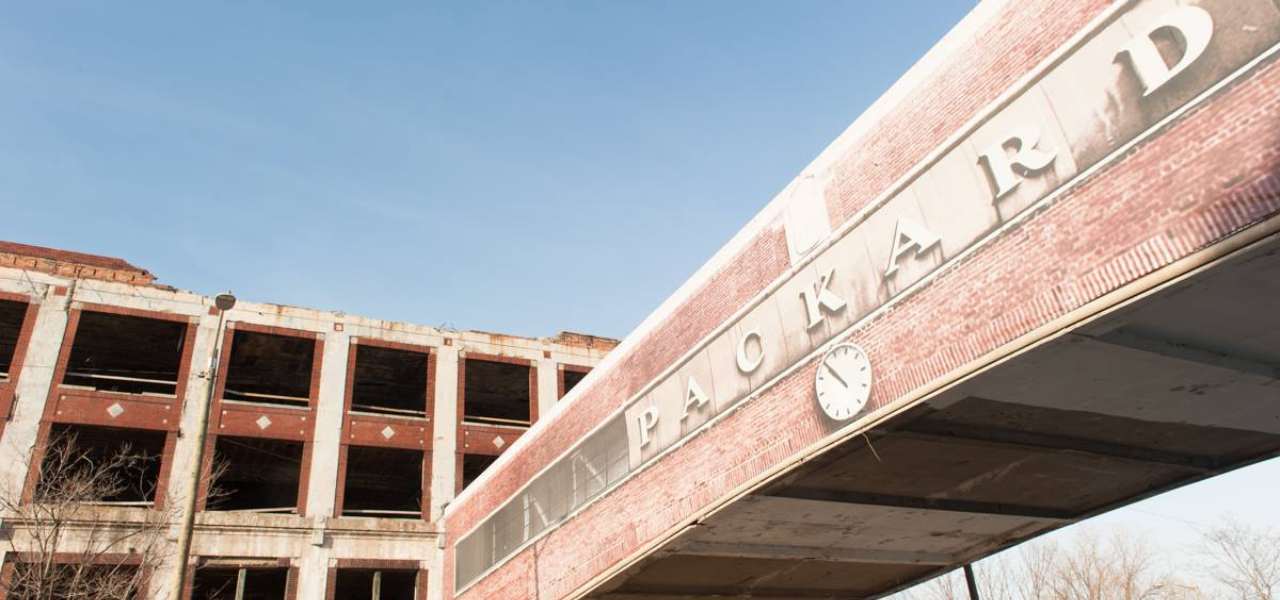 Packard Plant Project, Facebook
Packard Plant Project, Facebook
A Legacy Cast in Concrete and Steel
The Packard Plant, constructed in the early 20th century, was a marvel of its time. Designed by famed architect Albert Kahn, it was among the first industrial complexes built using reinforced concrete. This vast, interconnected campus of factories and offices helped power the rise of Detroit as the global epicenter of automotive manufacturing.
From 1903 to 1956, the Packard Motor Car Company operated at full throttle. Luxury vehicles bearing the Packard name were renowned for craftsmanship and prestige. But like many icons of early American industry, the plant’s fortunes waned with shifting economic tides. After operations ceased in 1956, a handful of smaller businesses occupied portions of the facility until the late 1990s. What remained was a once-majestic factory complex transformed into a haunting silhouette of abandonment.
The plant’s notoriety only grew in the decades that followed. It became a magnet for urban explorers, graffiti artists, documentary filmmakers, and journalists documenting the city’s decline. Known as one of the largest abandoned industrial sites in the world, the Packard Plant embodied the narrative of Detroit's post-industrial struggle.
Demolition: An End to a Long-Standing Blight
In late 2022, the City of Detroit initiated a two-year demolition plan that signaled a turning point in the saga of the Packard Plant. The initial focus was a structurally compromised building at 6199 Concord Avenue, which had become a threat to public safety. Funded in part by the American Rescue Plan Act and a $12 million allocation approved by Michigan Governor Gretchen Whitmer, the demolition project expanded from emergency action to a comprehensive site-clearing effort.
By December 2024, the majority of the 3.5 million-square-foot complex was removed. Detroit-based contractor Adamo Group executed the large-scale demolition, methodically bringing down sections of the plant while preserving key portions for possible adaptive reuse. Today, only two structures remain: the former administration building at 1580 East Grand Boulevard and another historic structure at 1539 East Grand Boulevard.
LaJuan Counts, Director of the Detroit Construction and Demolition Department, emphasized the broader significance of the project: “This isn’t just about tearing down old buildings. It’s about reclaiming space and clearing the way for Detroit’s future. Every day the Packard Plant stood in that condition was a day that neighborhood couldn’t move forward.”
From Pipe Dream to Public Possession
In 2013, Peruvian developer Fernando Palazuelo purchased the plant at a Wayne County tax foreclosure auction for a mere $405,000. His vision was bold: a $350 million, 15-year master plan to transform the decaying complex into a vibrant mixed-use district featuring offices, retail, residential units, and cultural attractions.
For a time, optimism swelled. Palazuelo presented architectural renderings, toured the media through sections of the plant, and pitched the site to international investors. However, progress stalled. Environmental issues, financing hurdles, and unrealistic scope undermined the project. Meanwhile, the buildings continued to deteriorate.
By 2021, the City of Detroit had seen enough. It filed suit to declare the property a public nuisance. With $1.5 million in unpaid taxes and mounting code violations, Palazuelo’s ownership came to an end. The city seized control, absorbing 33 additional parcels of land formerly held by his company, Arte Express.
According to Jeff Horner, a professor of urban planning at Wayne State University, the city’s approach reflects a shift toward cautious, long-term thinking: “Ten years ago, Detroit was willing to take a gamble on grand promises. That experience taught officials not to rush into another speculative project. They want to get this one right.”
Preservation Versus Practicality
The demolition spared two structures, each a relic of the plant’s storied past. While many in the community applaud the decision to preserve them, these remnants are also complicating the path forward.
Urban designer Dan Kinkead, who leads SmithGroup’s national Urban Design Practice, praised the choice to save the iconic administration building on East Grand Boulevard. “For many Detroiters, that building is the face of the Packard Plant,” he said. “Preserving it gives the city a chance to mark its history without being trapped by it.”
However, not all stakeholders share this sentiment. Developers with an eye toward industrial reuse may find the preservation requirement restrictive. Horner noted that retaining the buildings could interfere with large-scale warehouse or manufacturing layouts. “If you're trying to run conveyor systems or large logistics operations, having an historic structure right in the middle of your site could be a nonstarter,” he explained.
Still, the potential exists for creative solutions. Adaptive reuse projects in cities like Chicago, Philadelphia, and Pittsburgh have successfully blended heritage and innovation. Whether Detroit can do the same at this site remains an open question.
.png) Packard Plant Project, Facebook
Packard Plant Project, Facebook
Infrastructure That Still Matters
Despite its decay, the Packard site maintains a few valuable assets. Among the most intriguing is a little-known railroad spur that runs directly through the property. The tracks, reportedly still in usable condition, once connected the plant to the city’s broader freight rail network.
“This railroad link is a hidden gem,” said Horner. “If the city puts out another RFP, they should spotlight it. It could make the site especially attractive for logistics or advanced manufacturing operations looking for direct freight access.”
Additionally, the site sits near GM’s Factory Zero and other supply chain facilities in the Poletown corridor. These connections further position the location as a prime candidate for modern industrial investment.
An RFP Without a Winner
In 2023, the Detroit Economic Growth Corporation (DEGC) launched a formal Request for Proposals (RFP) for the site. The vision: a high-quality industrial or manufacturing project that would generate jobs, stimulate private investment, and integrate environmental sustainability and community equity.
Only one proposal was submitted. While it was considered “compelling,” the DEGC ultimately determined it did not meet the full criteria required to maximize the site’s economic and historical potential.
“We’re looking for something transformational,” said DEGC spokesperson Lanard Ingram. “We want to create economic opportunity while honoring the site’s legacy. It’s a unique location, and we’re committed to exploring every possible use.”
Although the RFP process has not been formally relaunched, interest in the property continues. The DEGC remains in discussions with potential partners, seeking a balance between ambition and realism.
Business on the Edge of History
For businesses operating adjacent to the former plant, the demolition has already had a significant impact.
Display Group, a Detroit-based event and production company, shares a property line with the site. Company president Mike McConnell recalled the anxiety of working beside a crumbling structure. “It’s great to have that blight removed,” he said. “The neighborhood already feels different. It’s like we’ve been given space to breathe.”
Display Group founder Rick Portwood echoed the sentiment. He purchased their current building more than a decade ago, initially wary of its proximity to the Packard ruins. What changed his mind? A morning drive with his wife. “We pulled up and said, ‘This place is actually in great shape.’ The former owner wanted it to go to someone who would use it, not a speculator. That made all the difference.”
Since then, Portwood has purchased additional parcels and preserved several buildings in the area, now home to a range of tenants including an EV charging company, an ambulance service, and a PR firm. He commended the city’s demolition effort but urged flexibility in future planning.
“Preserving buildings is noble,” he said. “But sometimes, to make progress, you have to let developers do what they do best. If you want to attract serious investment, you need to give them room to build.”
The Road Ahead
As the city considers its next steps, a number of questions loom: Should the focus be on preserving Detroit’s architectural past, or paving the way for large-scale industrial infrastructure? Is it possible to do both?
Kinkead believes that any redevelopment plan should leverage the site’s original purpose. “The infrastructure was designed for manufacturing. The surrounding area supports that use. There’s a real opportunity to reintegrate the site into Detroit’s industrial ecosystem—especially with the city’s EV and mobility strategy gaining momentum.”
Horner agrees but cautions against over-engineered plans. “Sometimes, the best approach is the simplest. Warehousing is in high demand. The site is close to major supply lines. Let’s not get too idealistic if it means delaying progress.”
Detroit’s Next Industrial Pivot
Detroit’s evolution is being shaped not only by economic reinvestment but by how it manages its past. The Packard Plant—long a symbol of decline—is now an opportunity to demonstrate how cities can reclaim derelict industrial space with care, purpose, and vision.
What comes next may not be the gleaming mixed-use utopia that past developers promised. But it could be something better: a thriving industrial site that drives job growth, honors its history, and positions Detroit at the forefront of 21st-century manufacturing.
The Packard Plant’s next chapter is waiting to be written. And this time, the city is holding the pen.
DON'T KEEP US A SECRET - SHARE WITH A FRIEND OR ON SOCIAL MEDIA!

.84.png)



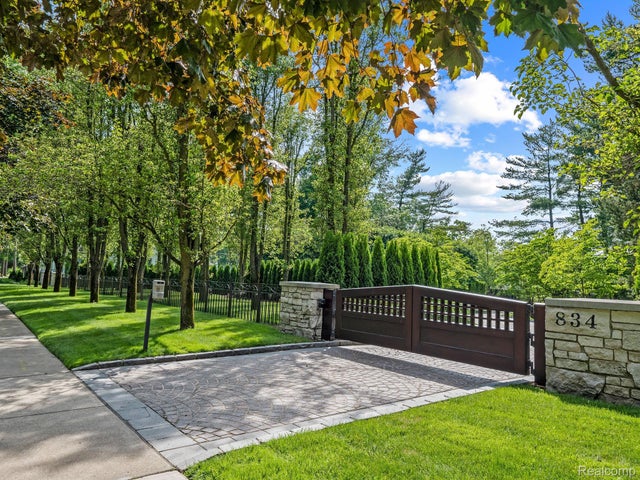



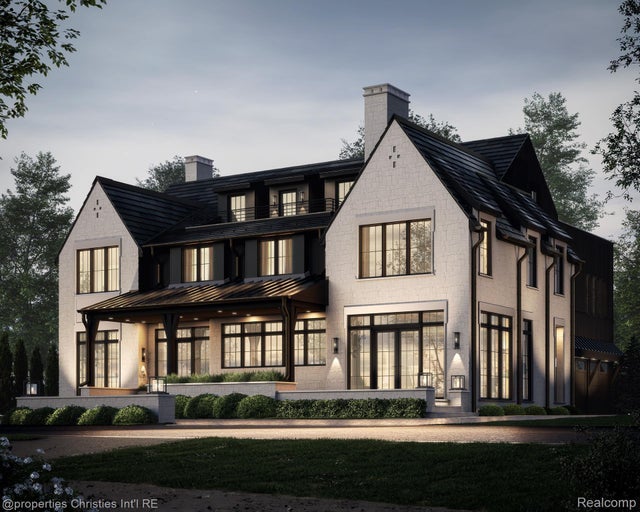



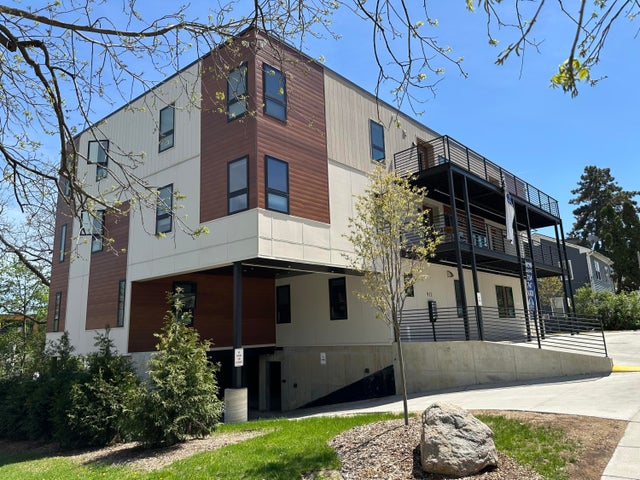






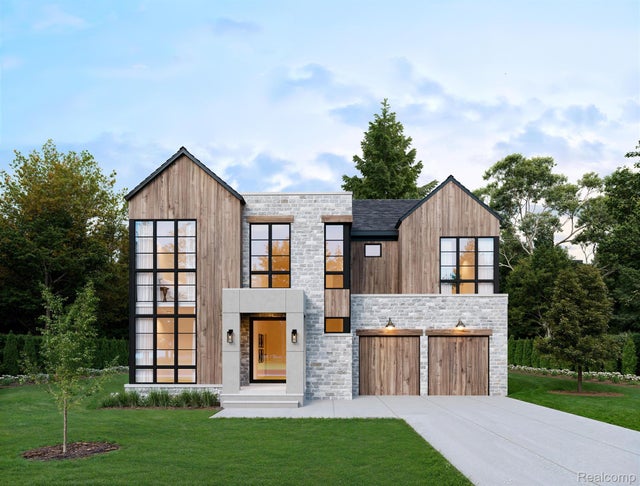
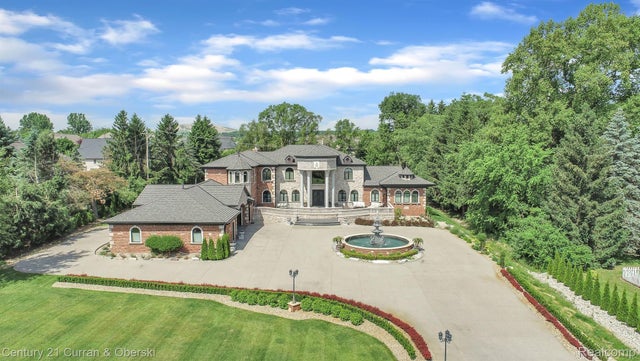






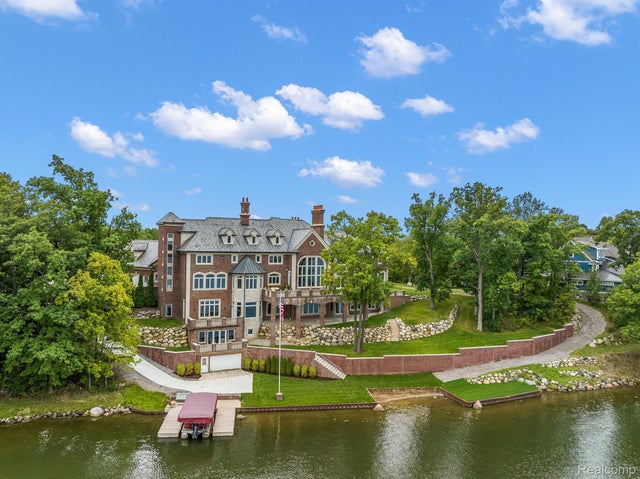



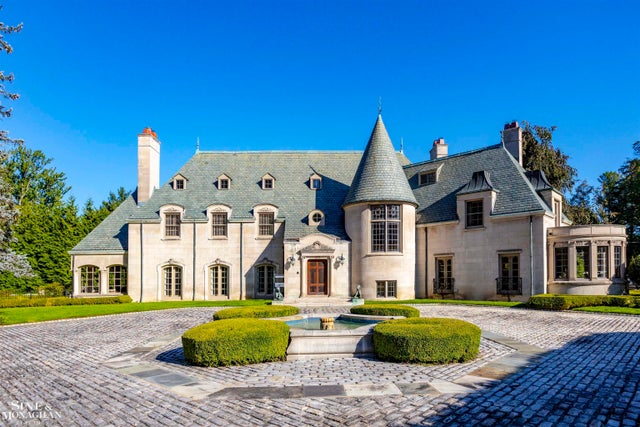
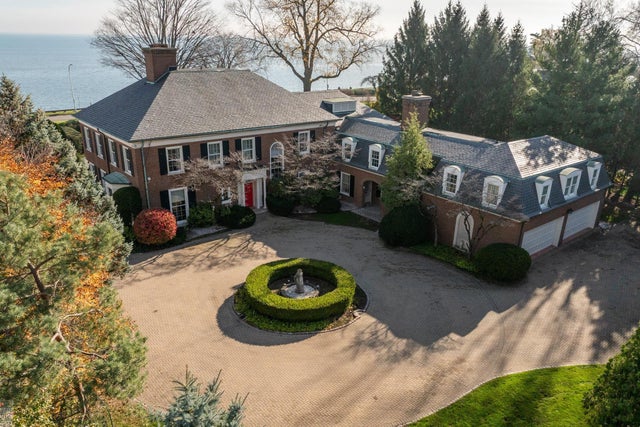
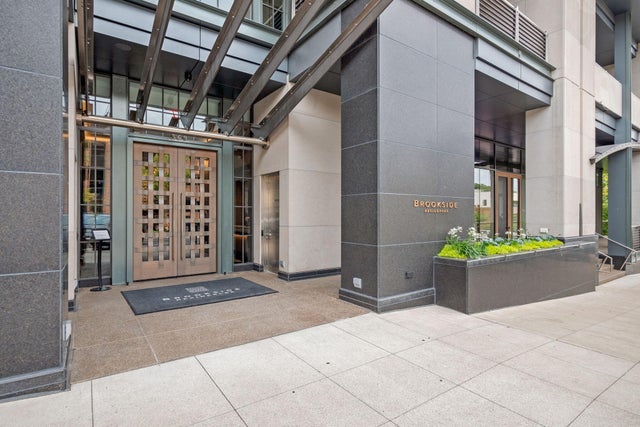
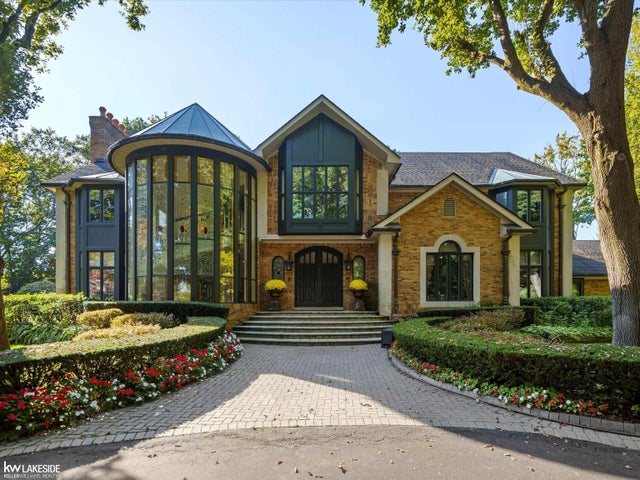
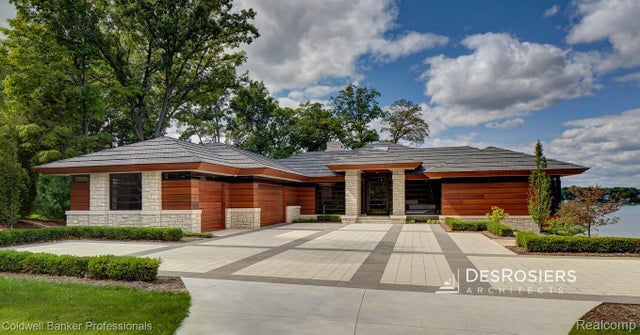


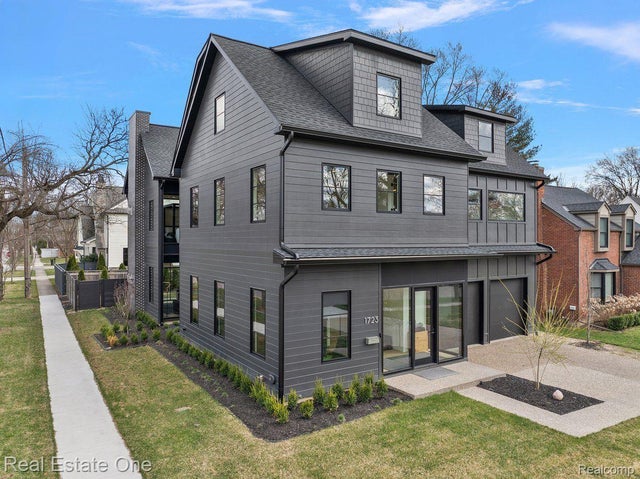
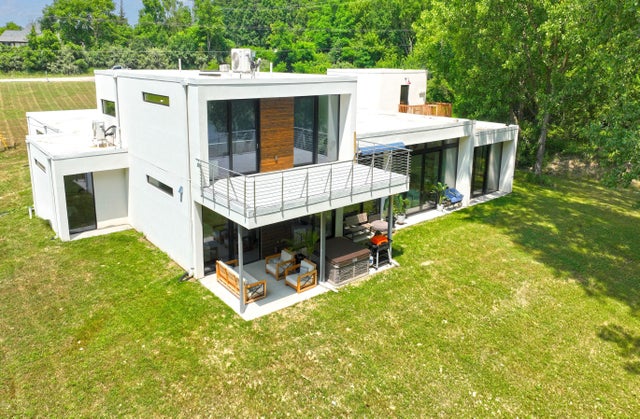


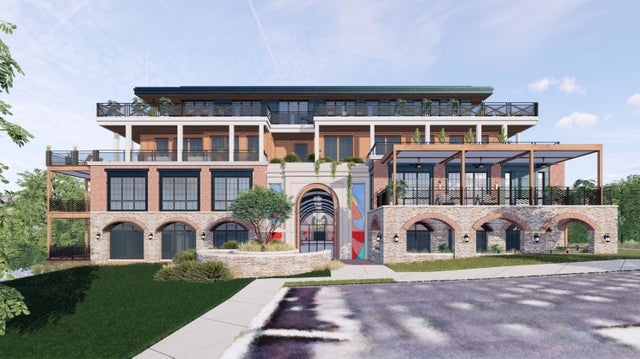


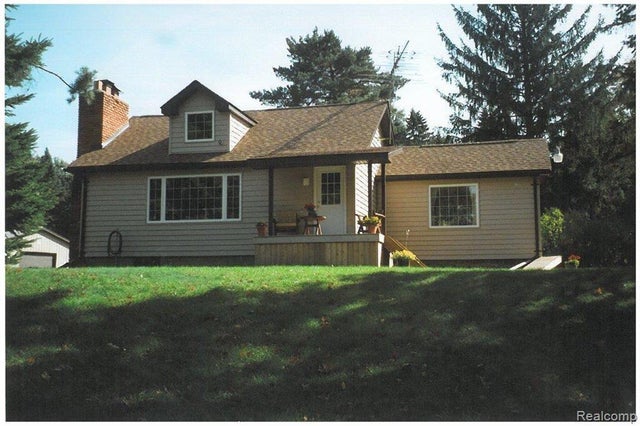
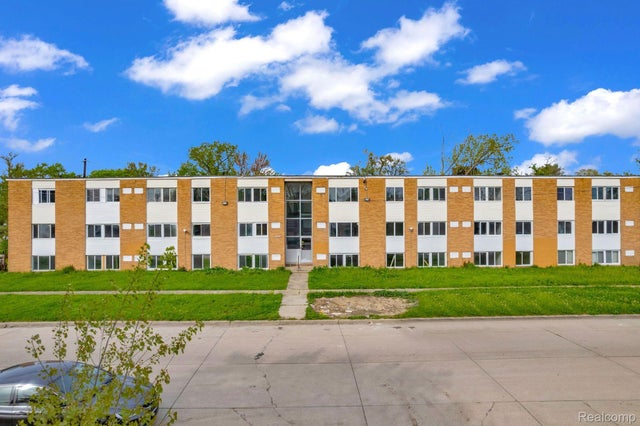



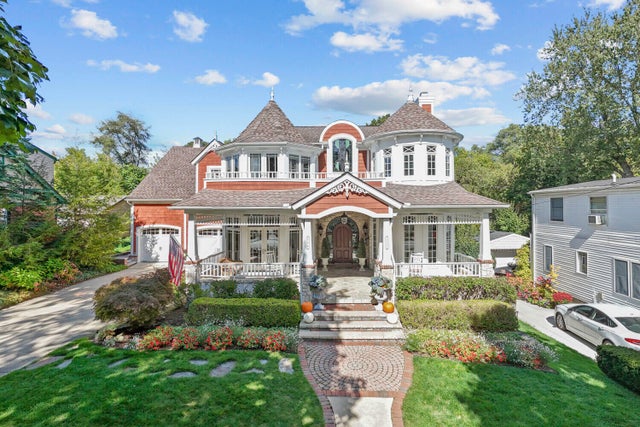

Leave A Comment